The National Museum of African American History and Culture is one of the most exquisite, explicit and accurate museums about Black history & culture. Standing in line to visit this huge brown building evoked all kinds of expectations. “This will be a whole different experience,” someone nearby said. Standing in this long line and still adjusting to the weather in Washington, after sunny and fresh LA, I couldn’t help thinking about the most confrontational movie that I ever watched, Amistad. This three-hour-long movie is about the horrible experiences on a ship that transported Black enslaved people off the coast of the Spanish colony of Cuba in 1839.
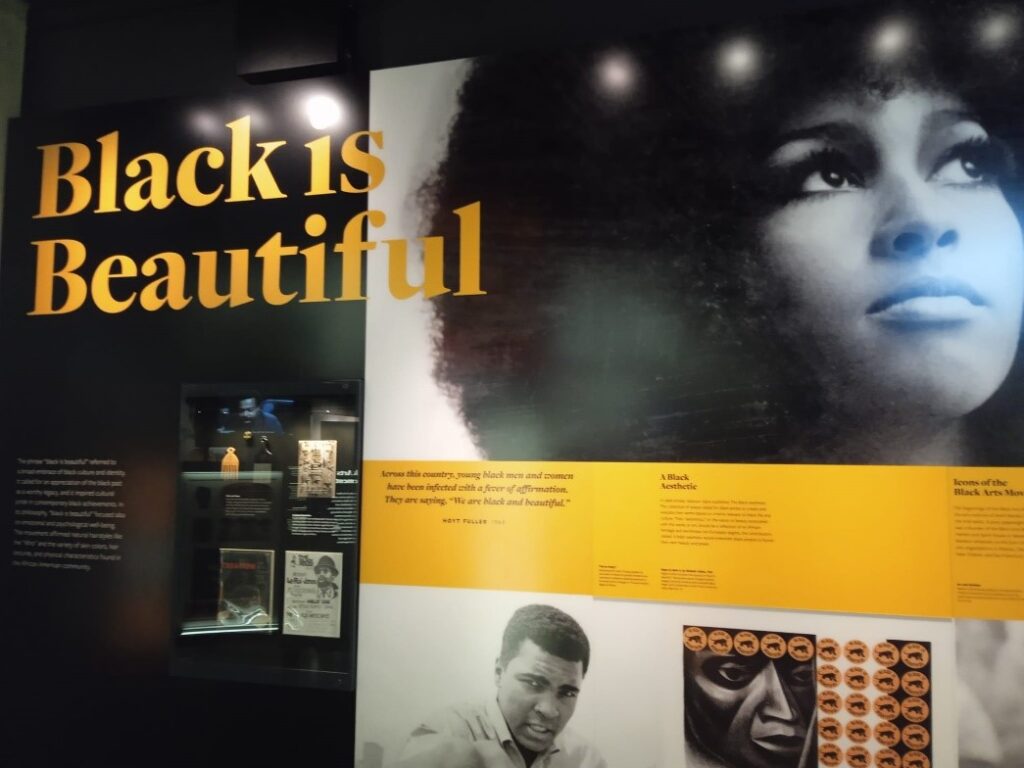
Will it be that confrontational?
Leaving these thoughts behind, I entered the museum, where I was immediately amazed by the beauty of the large art pieces in the hall. We started at C3, the underground floor of the museum, where the history of slavery is presented. Once again, my mind was awash with memories of Black oppression and humiliation. This time, I was thinking about Elmina at the coast of Ghana. Elmina Castle was a trading post for the enslaved, where they were kept in the basement of the church that was above, before being auctioned. Imagine the contradiction, even in the 14th century. So, let’s get back to C3, the first underground floor to learn more about Black history and culture.
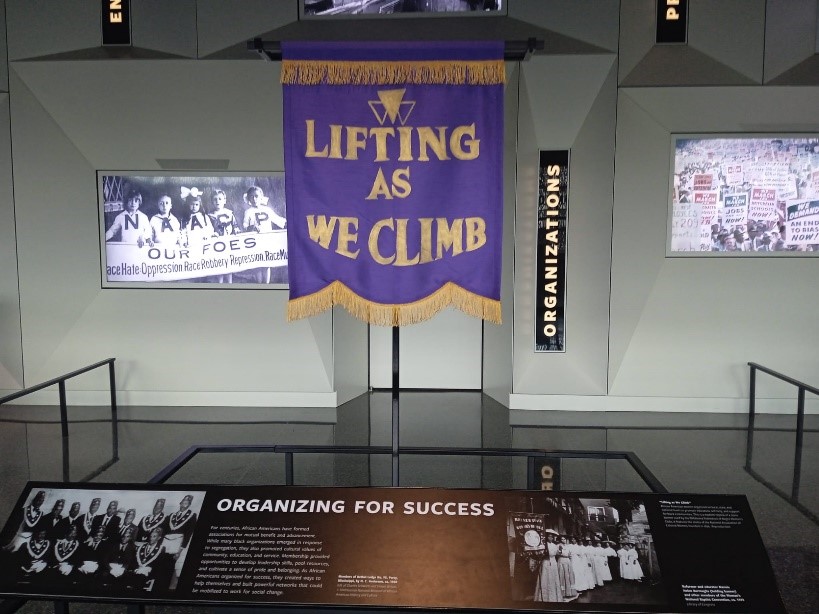
I was really impressed by the accuracy, detailed presentation, and the way the information was interactively given. Raw, verifiable and confrontational! Our story told, the way it is and the way it should be, because this is the way it happened!
Sugar – Driver of the slave trade on different continents, including South America
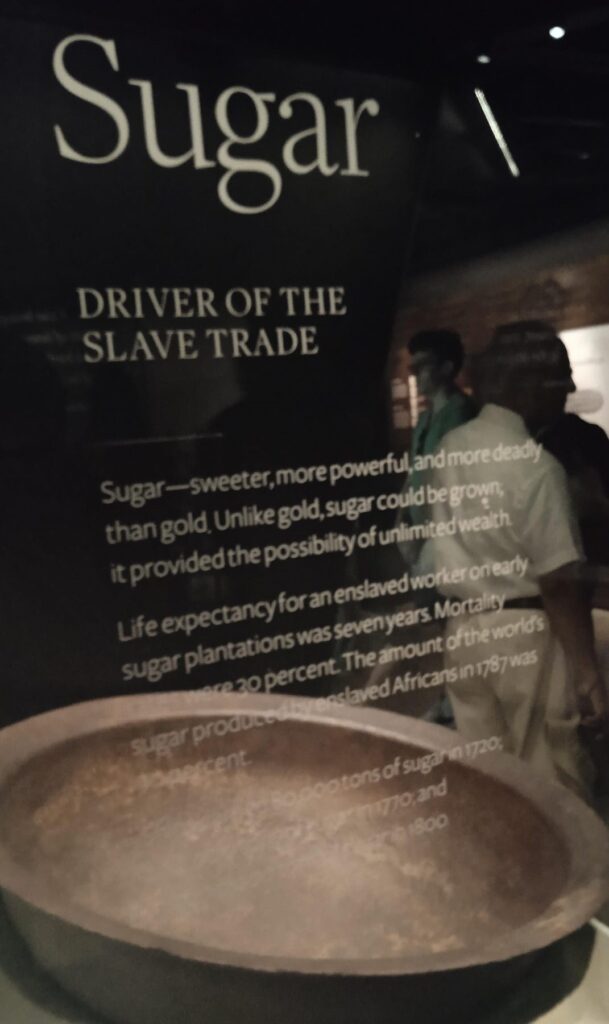
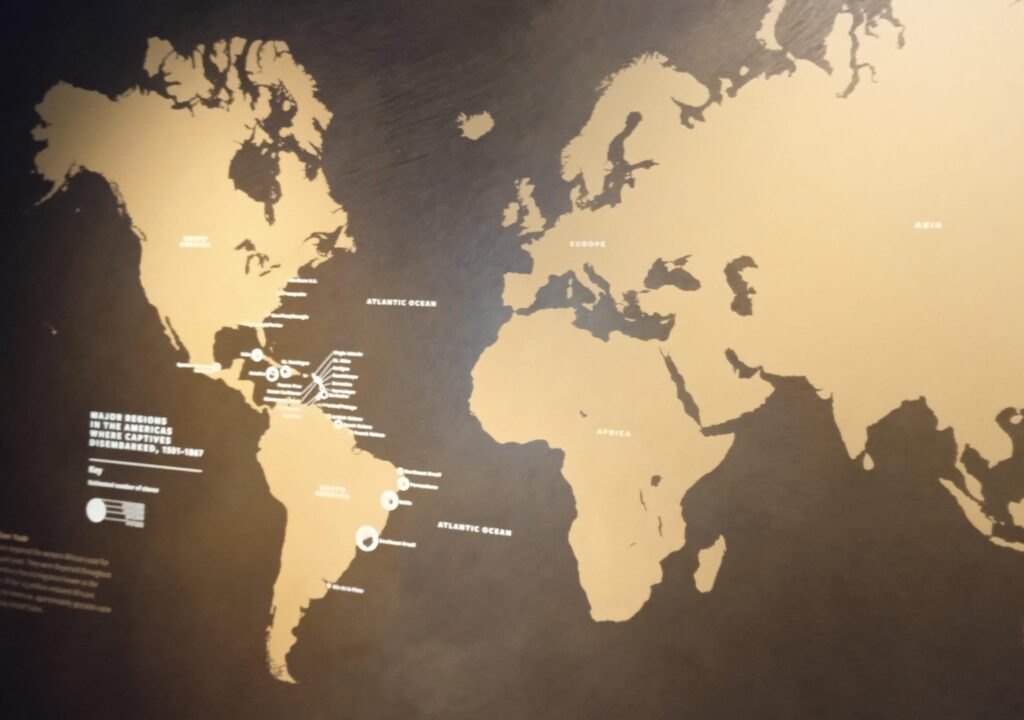
Sugar was the driver of the slave trade for this horrible dehumanization among Black men, women and children. Just like cotton and spices, a slavery footprint on different continents, that brought me to my own continent of South America and home country, Suriname. Then it was known as Dutch Guiana, and remained a colony of the Netherlands during slavery from the 16th century until November 1975. Suriname became independent just 47 years ago and still struggles with the after effects of slavery in the form of poor infrastructure, economic recession and other influences of Dutch colonization. The native language in Suriname is also Dutch.
Making a way out of no way
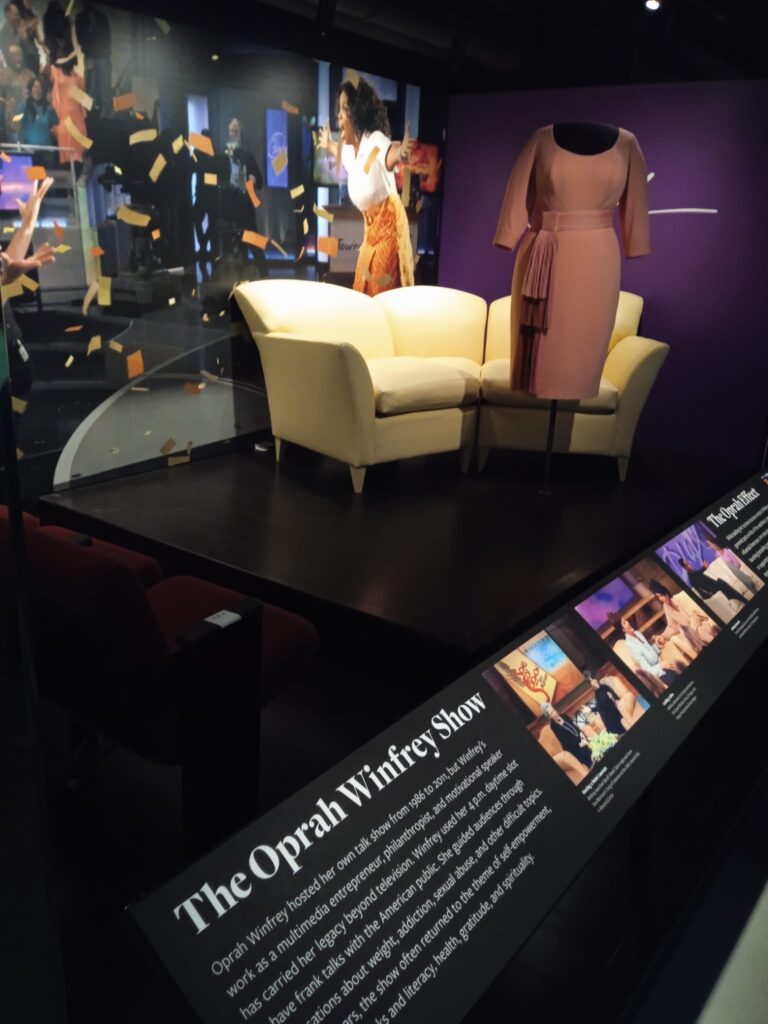
As we proceeded upwards from the underground floor C3 we were gradually led into the present. Starting from the then and going into the evolution of Black history & culture to its fullest. Emotions from pain, resentment, disappointment, and even vicarious shame all merged into emotions of grace, elegance and pride as I climbed up the stairs from C3. The higher up I climbed, the more I experienced the battles, involvement, self-awareness, evolution, pride and self-love of my ancestors. The struggles of despair, disappointment and powerlessness turned into physical appearances of families, Black entrepreneurship, mobilization, courage, education and success from slave descendants such as Harriet Tubman, Rosa Parks, Martin Luther King, Malcolm X, Arthur Ashe, Muhammad Ali, Oprah Winfrey to John Lewis and many more. As Martin Luther King says, “If you can’t fly then run, if you can’t run then walk, if you can’t walk then crawl, but whatever you do you have to keep moving forward.”
If you can’t fly then run, if you can’t run then walk, if you can’t walk then crawl, but whatever you do you have to keep moving forward.
Martin Luther King
The Black Footprint
The history and culture of Black enslaved people, is not one of finger pointing or revenge, as some individuals might experience. The dehumanization, oppression and segregation of Black enslaved people happened, and their experiences need to be told. The National Museum of African American History and Culture is an honorable place for their remembrance and also for the healing of all descendants of enslaved Black people nowadays in the world. As Barack Obama says, “Change will not come if we wait for some other person or some other time. We are the ones we’ve been waiting for. We are the change that we seek.”
Change will not come if we wait for some other person or some other time. We are the ones we’ve been waiting for. We are the change that we seek.
Barack Obama
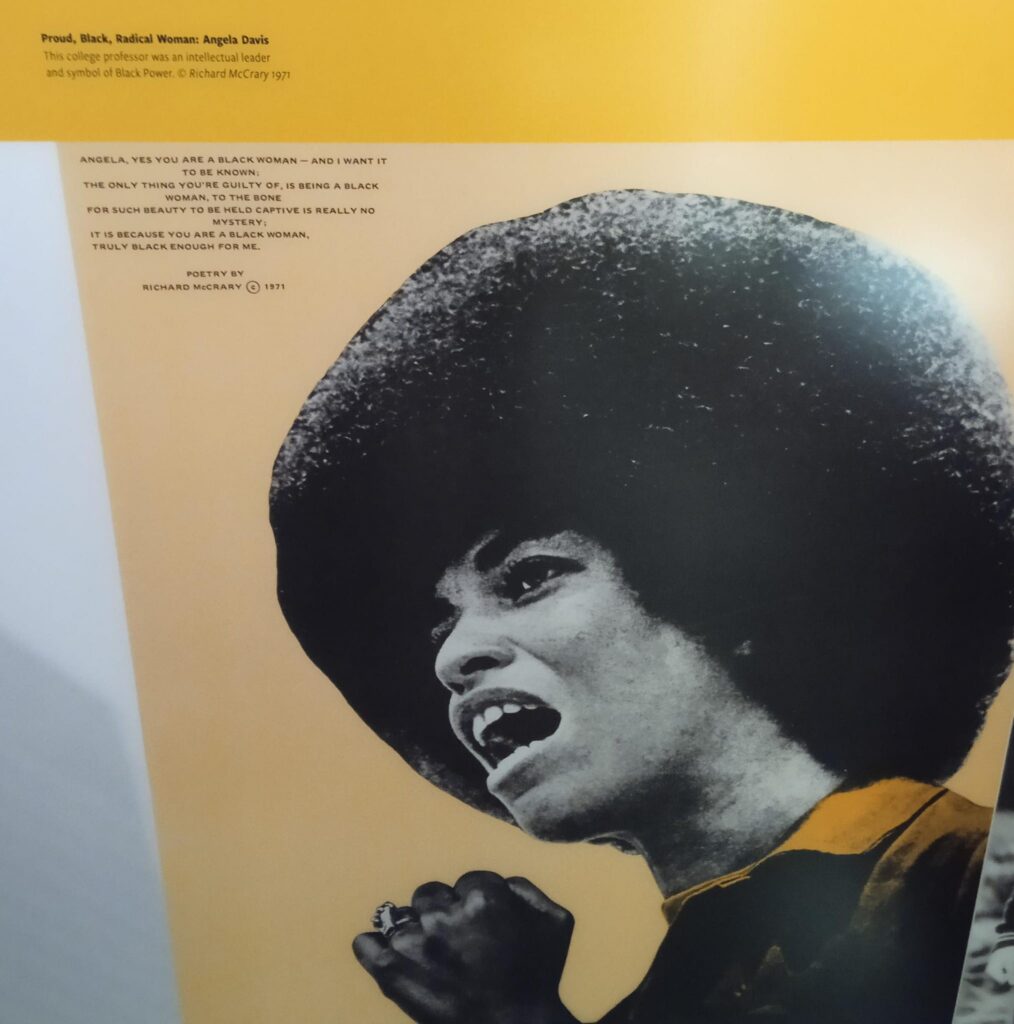
Being named after Angela Davis, makes me even more proud after visiting this museum. She is a proud, Black, radical strong professor who opened doors for many young women and fought for her beliefs, changing Black lives then and now. She keeps reminding Black descendants that Black is beautiful and that Black power builds our legacy. Lastly, we can conclude that Black descendants are obliged to remember their ancestor’s experiences and understand the world we live in now in order to find a purpose and built a legacy.
